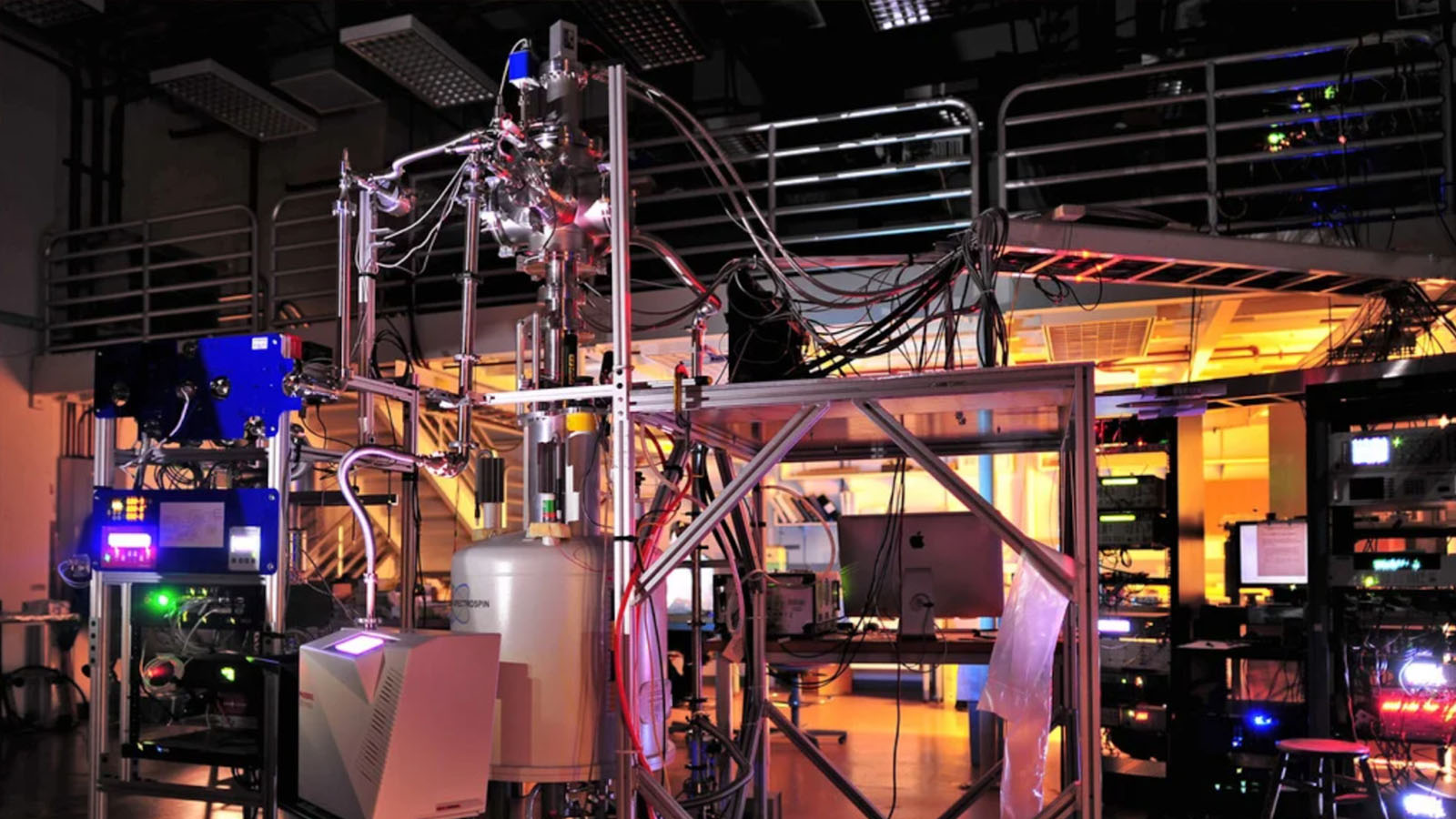
One activity in the lab - Project 8 - aims to measure the mass of the neutrino, an extraordinarily light and elusive fundamental particle that barely interacts with matter. Neutrinos are incredibly abundant, with trillions passing through our bodies every second, yet they weigh at least a million times less than the electron, the next lightest particle. Understanding the mass of neutrinos could provide essential insights into how particles gain mass, which challenges current physics models. In the series of Project 8 experiments, instead of capturing neutrinos directly, researchers measure the energy released during the decay of tritium (a hydrogen isotope). Scientists can determine the "missing" energy corresponding to the neutrino’s mass by precisely detecting the energy of emitted electrons. The initial phase of Project 8 resulted in the development of this novel technique for direct neutrino mass measurements called Cyclotron Radiation Emission Spectroscopy (CRES). The collaborators seek to extend the method to perform more precise measurements of the neutrino mass in the next phases of the experiment.